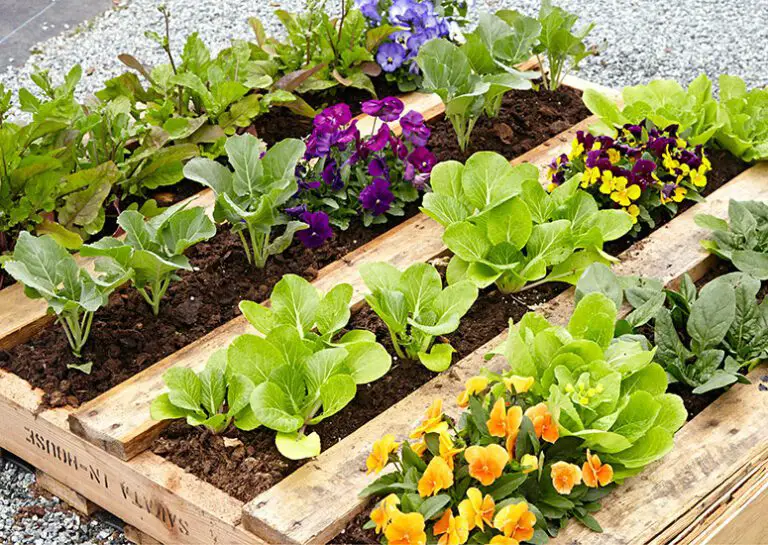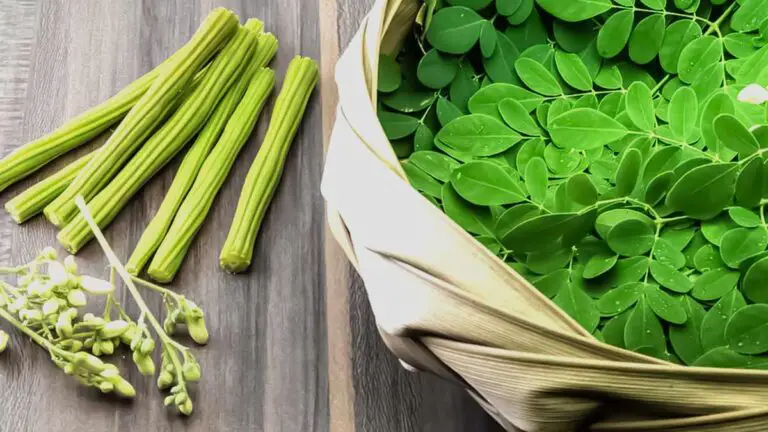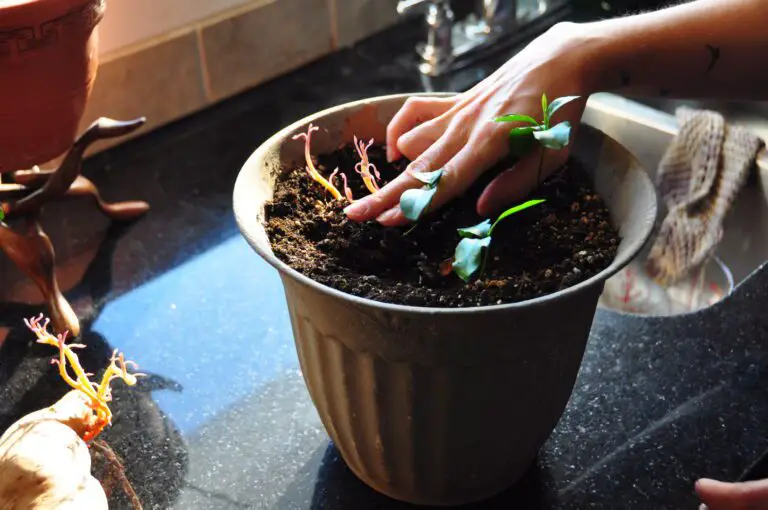Mastering the Kratky Method: A Guide to Proper Watering Intervals
Table of Contents
Maximizing Yields with the Kratky Method: Strategies for Increasing Plant Productivity
The Kratky Method is a hydroponic technique that can greatly increase plant productivity and maximize yields. By eliminating the need for continuous nutrient solutions and complicated equipment, this method is accessible and cost-effective for gardening enthusiasts of all levels.
One key strategy for maximizing yields with the Kratky Method is to ensure that the nutrient solution is properly balanced. It is important to provide plants with the appropriate amounts of essential macronutrients, such as nitrogen, phosphorus, and potassium, as well as micronutrients like iron, manganese, and zinc. Monitoring and adjusting the nutrient solution regularly will help maintain the optimal growing environment for the plants, promoting healthy growth and abundant yields.

In addition to nutrient balance, another effective strategy is to control the pH level of the nutrient solution. Most plants thrive in slightly acidic conditions, with a pH range of 5.5 to 6.5. Regularly monitoring and adjusting the pH of the solution will ensure that plants can effectively absorb the nutrients they need, maximizing their growth potential and overall productivity.
By implementing these strategies and staying attentive to the needs of your plants, you can vastly increase your yields with the Kratky Method. Experimenting with different nutrient formulations and regularly monitoring pH levels will help you fine-tune your hydroponic system for optimal growth and productivity.
• Ensure proper nutrient balance in the solution with essential macronutrients and micronutrients.
• Monitor and adjust the nutrient solution regularly to maintain an optimal growing environment.
• Control the pH level of the nutrient solution within a range of 5.5 to 6.5 for optimal plant growth.
• Regularly monitor and adjust the pH of the solution to ensure effective nutrient absorption by plants.
• Stay attentive to your plants’ needs and make adjustments accordingly.
• Experiment with different nutrient formulations to find what works best for your specific plant species.
Extending the Vegetative Stage: Techniques for Promoting Lush Growth
The vegetative stage is a critical phase in a plant’s life cycle. It is during this period that plants focus on growing their foliage, building a strong foundation for future growth and development. To promote lush growth and maximize yields, gardeners can employ various techniques to extend the vegetative stage. One key strategy is to provide the plants with optimal growing conditions, including the right amount of light, temperature, and nutrients.
Light is a crucial factor in promoting vigorous vegetative growth. Providing plants with the appropriate amount of light stimulates photosynthesis, the process by which plants convert light energy into chemical energy. High-intensity discharge (HID) lights, such as metal halide (MH) and high-pressure sodium (HPS) lamps, are commonly used in indoor gardening to provide the necessary light spectrum for robust growth. The duration of light exposure is also crucial, with most plants requiring around 16 to 18 hours of light per day during the vegetative stage. By ensuring the right lighting conditions, gardeners can encourage lush growth and healthy foliage.

Another vital aspect of extending the vegetative stage is maintaining optimal temperature and humidity levels. Most plants thrive in temperatures ranging from 70 to 80 degrees Fahrenheit (21 to 27 degrees Celsius) during the day and slightly cooler temperatures at night. Additionally, maintaining a relative humidity level between 50% to 70% can help plants absorb water and nutrients more efficiently. Adequate ventilation and airflow are essential in preventing excessive heat buildup and humidity, reducing the risk of diseases and promoting healthy growth.
Nutrition plays a significant role in promoting lush vegetative growth. Providing plants with a balanced and nutrient-rich diet is crucial during this stage. Vegetative growth relies heavily on nitrogen, which is responsible for stimulating leaf and stem development. Applying a nitrogen-rich fertilizer can help fulfill the plant’s nutrient requirements and encourage vigorous growth. However, it is vital to ensure the correct dosage and avoid over-fertilization, as it can lead to nutrient imbalances and adversely affect plant health.
| Technique | Description |
|---|---|
| Low-Stress Training (LST) | Gentle bending and tying down of branches to encourage horizontal growth and light penetration. |
| Topping | Removing the apical meristem (top growth) to promote bushier growth by stimulating lateral shoot development. |
| FIMing | Similar to topping but less severe, involves pinching off the apical meristem to encourage branching and bushier growth. |
| Super Cropping | Controlled stress technique involving gently bending and pinching stems to encourage thicker and stronger growth. |
| Pruning | Removing lower branches and excess foliage to improve airflow and redirect energy to upper growth. |
| Nutrient Adjustment | Adjusting nutrient ratios to favor vegetative growth, particularly high nitrogen levels. |
| Light Adjustment | Ensuring sufficient light intensity and duration (18-24 hours of light per day) to promote vigorous vegetative growth. |
| Temperature and Humidity | Maintaining optimal temperature (70-85°F) and humidity levels (40-70%) to support healthy growth. |
In the quest to maximize yields and promote lush growth, gardeners can utilize various techniques to extend the vegetative stage. By optimizing lighting conditions, maintaining suitable temperature and humidity levels, and providing the necessary nutrients, plants can thrive and build a strong foundation for future growth and productivity. It is important for gardeners to assess the specific needs of each plant variety and fine-tune these techniques accordingly, ensuring the best possible results in their gardening endeavors.
• Providing plants with optimal light conditions, such as high-intensity discharge (HID) lights like metal halide (MH) and high-pressure sodium (HPS) lamps
• Ensuring plants receive around 16 to 18 hours of light per day during the vegetative stage
• Maintaining appropriate temperature ranges of 70 to 80 degrees Fahrenheit (21 to 27 degrees Celsius) during the day and slightly cooler temperatures at night
• Keeping relative humidity levels between 50% to 70%
• Implementing adequate ventilation and airflow to prevent excessive heat buildup and humidity
• Providing plants with a balanced and nutrient-rich diet, particularly nitrogen for leaf and stem development
• Applying a nitrogen-rich fertilizer in correct dosages to avoid over-fertilization
• Assessing specific needs of each plant variety for fine-tuning techniques accordingly
Transitioning to the Flowering Stage: Tips for Promoting Blooming and Fruit Development
The flowering stage is a critical phase in a plant’s life cycle as it determines the quality and quantity of blooms and fruits. To promote blooming and fruit development, there are a few tips that can be followed. First, it is important to ensure that the plants are receiving the right nutrients at the right time. This can be achieved by using a balanced nutrient solution that is specifically formulated for the flowering stage. Additionally, providing adequate lighting during this stage is crucial as it helps stimulate flower production. The ideal light spectrum for flowering plants is in the red-orange range, which can be achieved through the use of specialized LED grow lights. Finally, maintaining the right humidity levels and temperature can also play a role in promoting blooming and fruit development. Monitoring and controlling these environmental factors can help create the optimal conditions for the plants to thrive during this stage.
• Provide plants with a balanced nutrient solution formulated for the flowering stage
• Use specialized LED grow lights that emit red-orange light spectrum to stimulate flower production
• Maintain optimal humidity levels and temperature for the plants during the flowering stage
How long does the flowering stage typically last?
The flowering stage can vary depending on the plant species, but on average, it lasts between 6 to 9 weeks.
What are some signs that indicate a plant is transitioning to the flowering stage?
Some common signs include the appearance of buds, the stretching of branches, and the development of a stronger aroma.
Are there any specific lighting requirements during the flowering stage?
Yes, during the flowering stage, plants generally require a change in lighting schedule. It is recommended to provide 12 hours of uninterrupted darkness and 12 hours of light to stimulate blooming.
Can I use the Kratky Method during the flowering stage?
While the Kratky Method is primarily used during the vegetative stage, it can still be utilized to some extent during the flowering stage. However, it may not be as effective in promoting blooming and fruit development compared to other techniques.
How can I encourage more blooms during the flowering stage?
To encourage more blooms, you can try using bloom-boosting fertilizers rich in phosphorus and potassium. Additionally, ensuring proper air circulation and maintaining optimal temperature and humidity levels can also promote blooming.
Can I prune my plants during the flowering stage?
It is generally not recommended to prune plants heavily during the flowering stage as it can disrupt blooming and fruit development. However, light pruning to remove dead or damaged parts can still be done.
Are there any natural methods to enhance blooming and fruit development during the flowering stage?
Yes, there are natural methods you can try, such as using organic compost or aged manure to enrich the soil, providing adequate water and nutrients, and introducing beneficial insects to aid in pollination.
How often should I water my plants during the flowering stage?
The watering frequency may vary depending on the plant species and environmental conditions, but it is generally recommended to water deeply when the top inch of soil feels dry.
Can I use artificial lighting during the flowering stage?
Yes, artificial lighting can be used during the flowering stage to supplement natural sunlight or as the primary light source. High-quality LED grow lights are commonly used for this purpose.
What should I do if my plants are not blooming during the flowering stage?
If your plants are not blooming, it could be due to various factors such as insufficient lighting, inadequate nutrients, or improper temperature and humidity levels. Assess and adjust these factors accordingly to promote blooming.

Pallavi Gupta is a burgeoning writer at SouthElMonteHydroponics, blending her passion for data analysis with a keen interest in biotechnology. Currently pursuing a Bachelor’s in Biotechnology at Amity University, Pallavi delves into the intricacies of life sciences while gaining hands-on experience in the exciting world of data analysis. Her unique background provides a fresh perspective on hydroponic farming, as she explores the intersection of biotechnology and sustainable agriculture. Through her writing, Pallavi aims to bridge the gap between data-driven insights and innovative farming practices, inspiring others to harness technology for a greener future.






